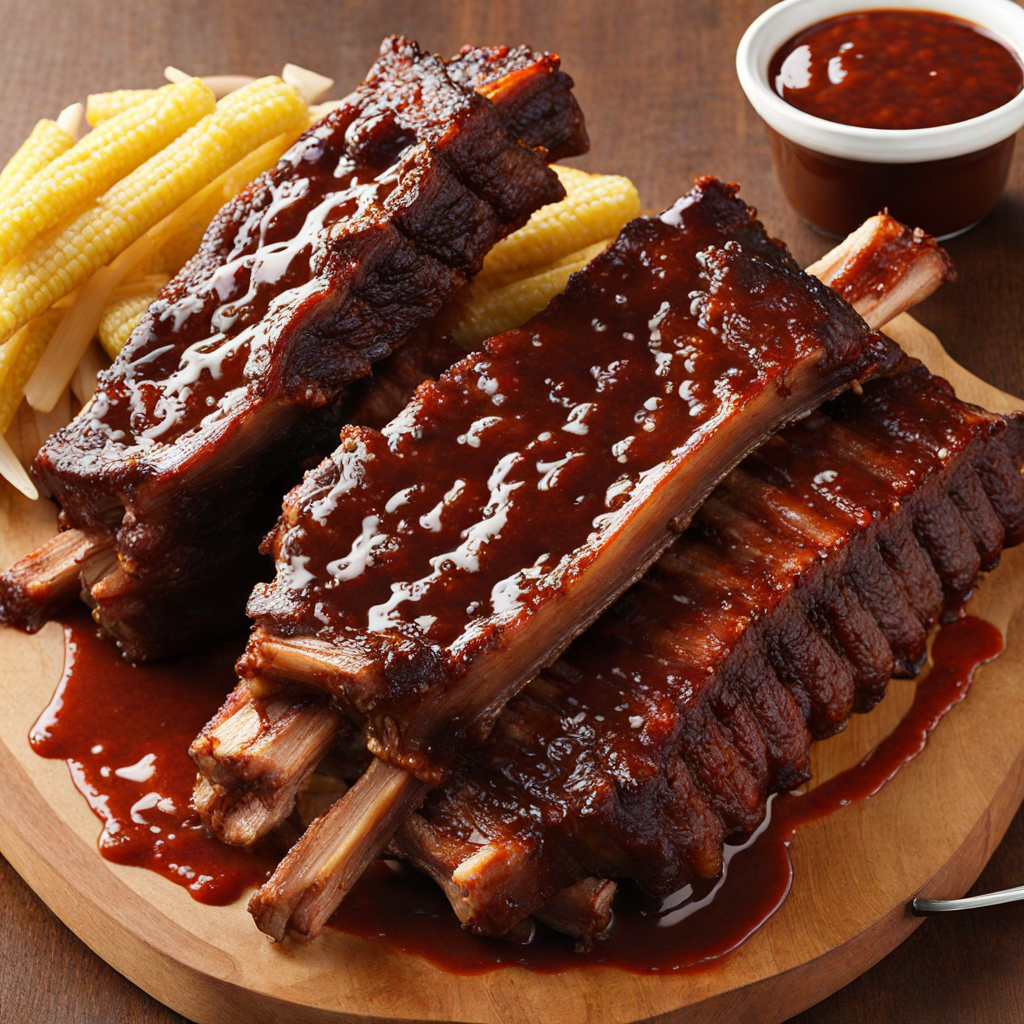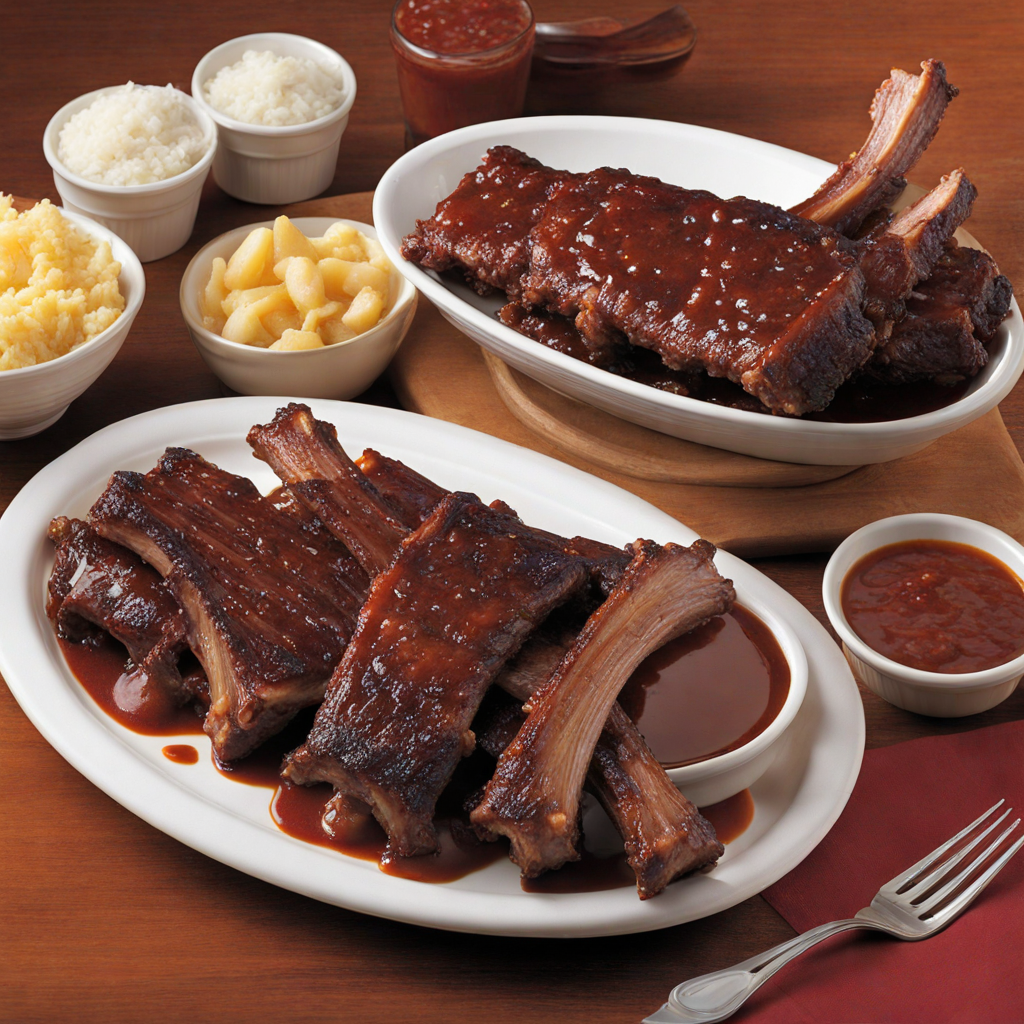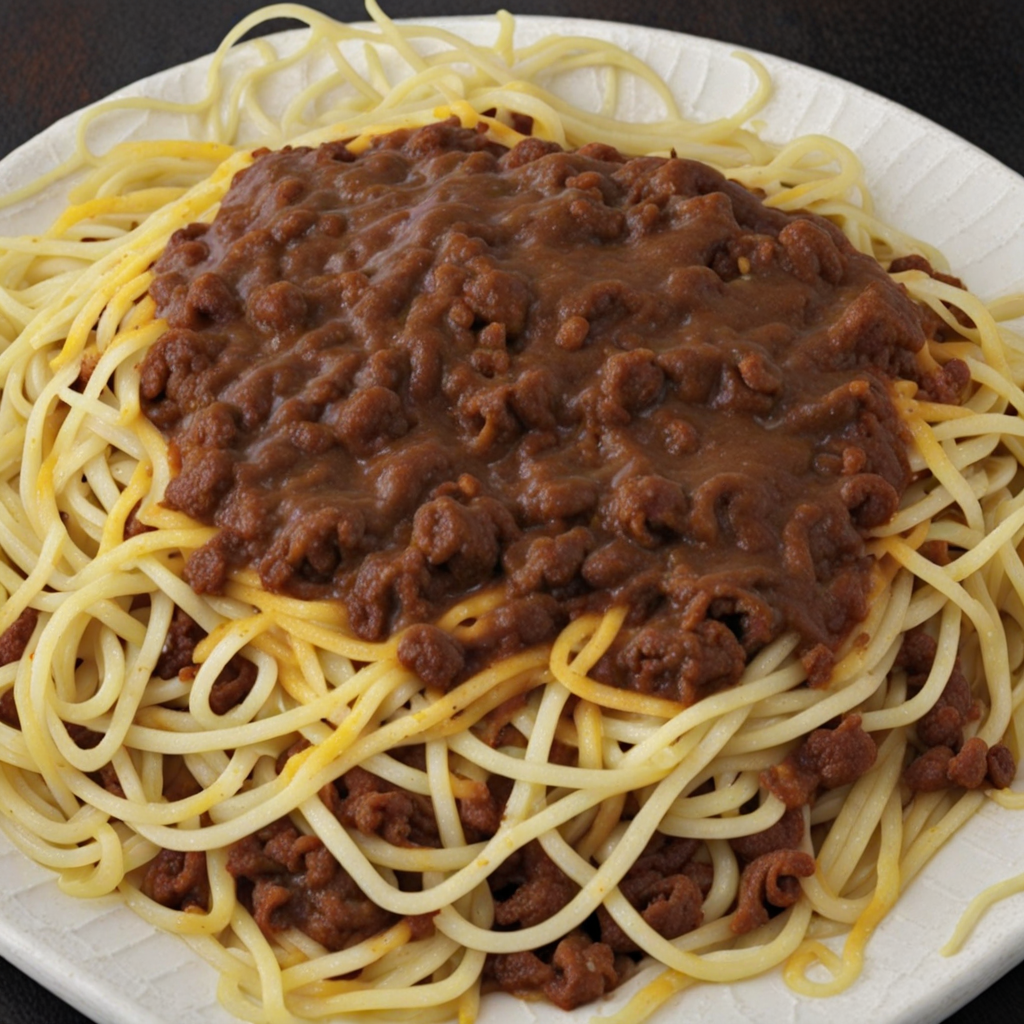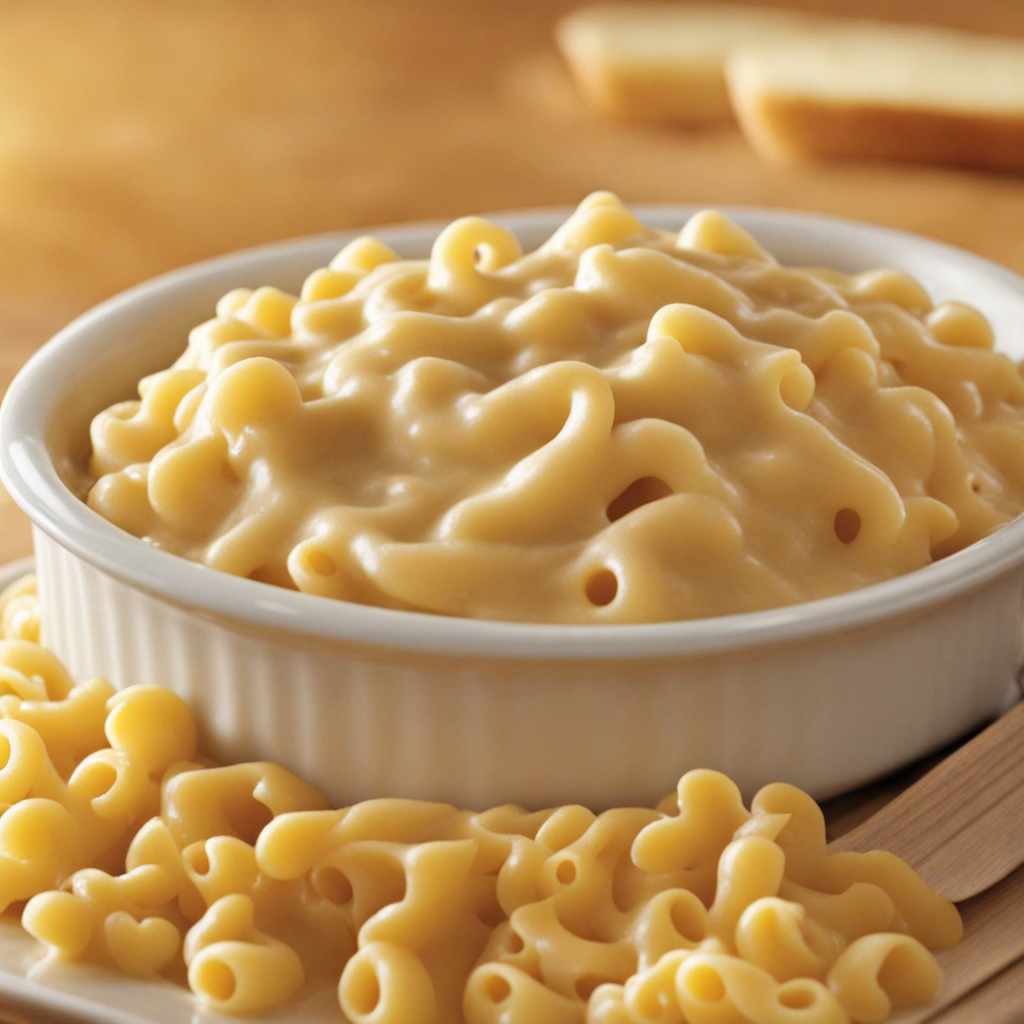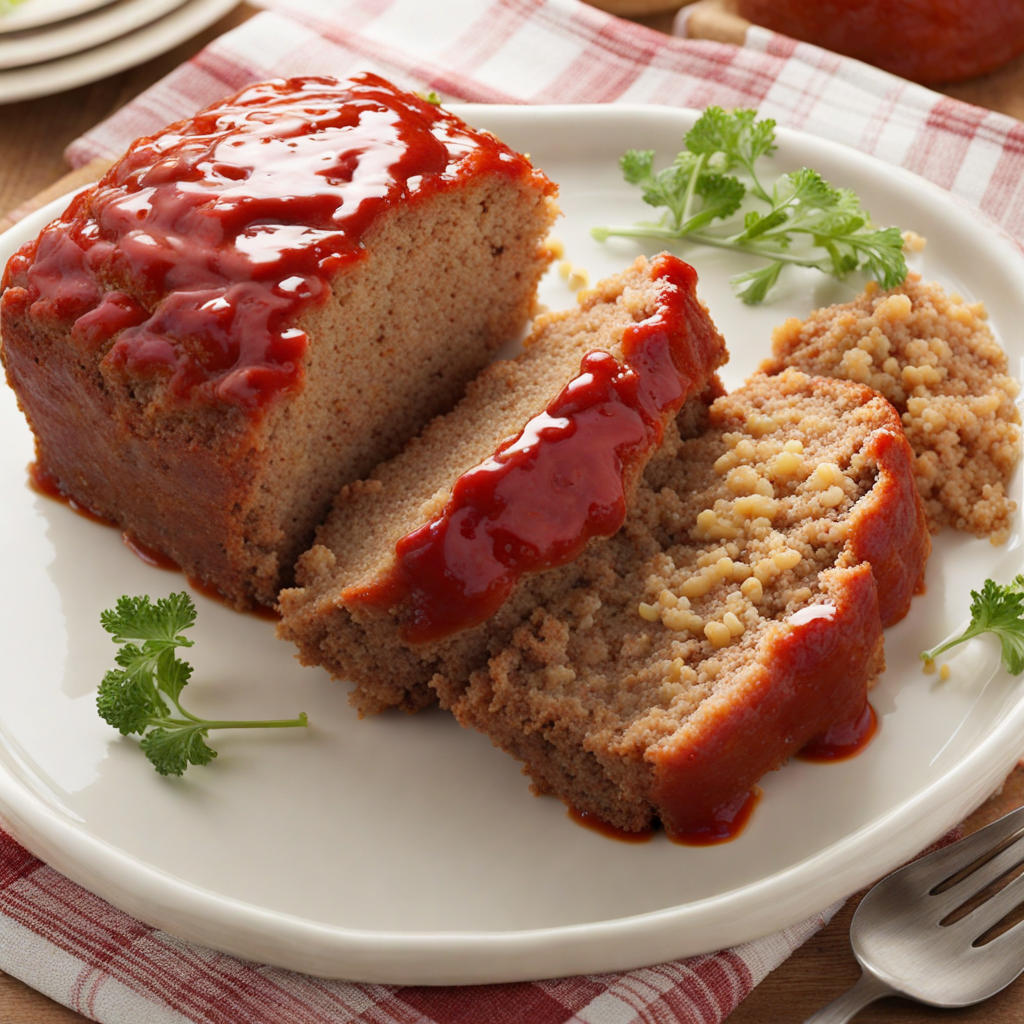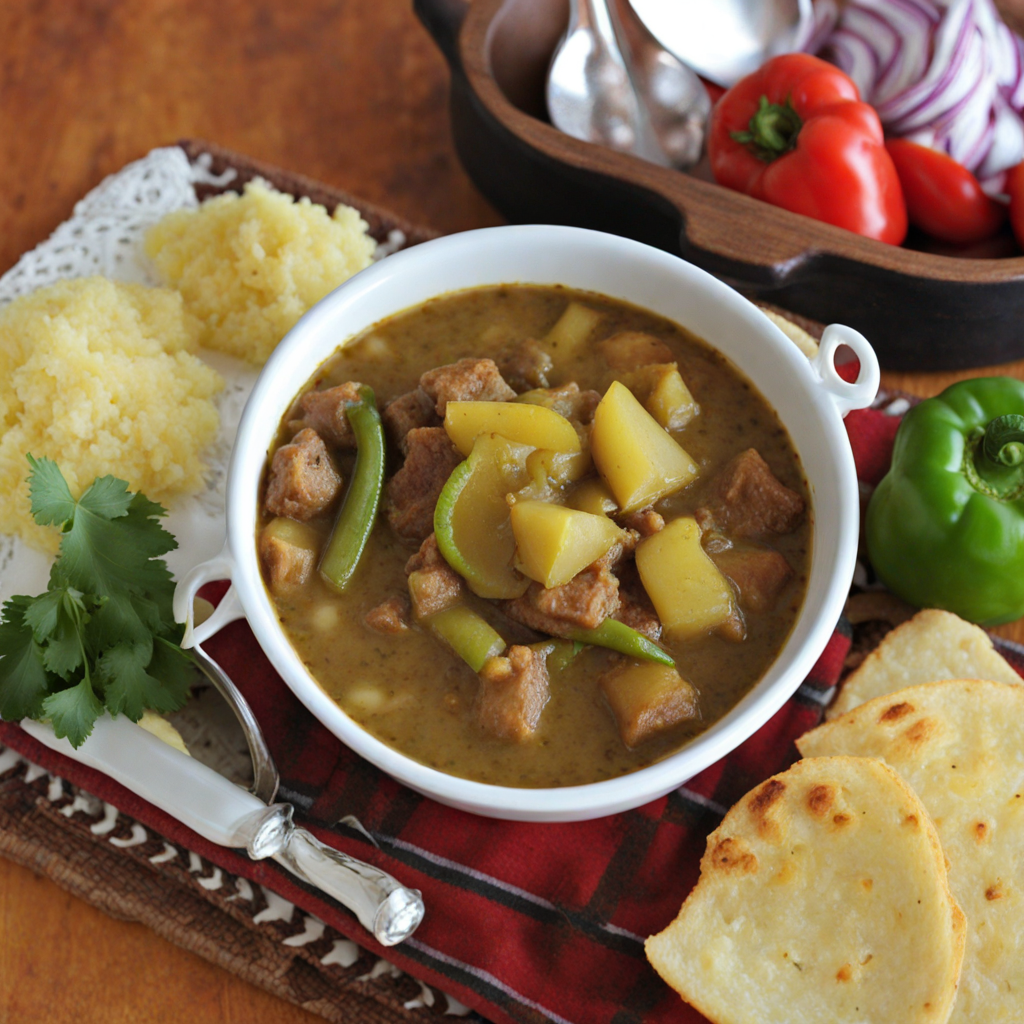Barbecue Ribs
Barbecue ribs are a quintessential American dish that embodies the rich flavors and cooking traditions of the United States. Typically made from pork or beef, these ribs are marinated or coated in a savory and tangy barbecue sauce, which can vary widely in flavor from sweet and smoky to spicy and vinegar-based. The preparation usually involves slow-cooking or smoking the ribs, allowing the meat to become tender and juicy while absorbing the aromatic flavors of the wood or charcoal used in the process. This method not only enhances the taste but also creates a delightful caramelized exterior that contrasts beautifully with the succulent meat underneath. When served, barbecue ribs are often accompanied by classic sides such as coleslaw, cornbread, or baked beans, making for a hearty and satisfying meal. The experience of eating barbecue ribs is both indulgent and messy, as the meat tends to fall off the bone, inviting diners to dig in with their hands. The sauce can be slathered on generously, creating a sticky, finger-licking goodness that enhances the already rich flavor of the meat. Each bite is a harmonious blend of smokiness, sweetness, and a hint of spice, which is sure to excite the palate. Barbecue ribs are not just a meal; they are a social experience often enjoyed at backyard barbecues, family gatherings, and festive celebrations. Different regions of the United States have their own unique styles and recipes, from the tomato-based sauces of Kansas City to the mustard-based varieties of South Carolina. This diversity adds to the allure of barbecue ribs, as each bite offers a taste of American culture and culinary history, making them a must-try for anyone looking to explore the rich tapestry of flavors in U.S. cuisine.
How It Became This Dish
Barbecue Ribs: A Delicious Journey Through Time and Culture Barbecue ribs, a quintessential dish in American cuisine, are more than just a meal; they represent a rich tapestry of history, culture, and culinary evolution. To truly appreciate barbecue ribs, one must delve into their origins, cultural significance, and how they’ve developed over time. Origins: From Ancient Practices to American Tradition The practice of cooking meat over an open flame is ancient, with roots tracing back to indigenous peoples across the Americas long before European contact. Various Native American tribes utilized smoking and slow-cooking techniques, employing local game and fish. However, the term "barbecue" itself originates from the Taino word "barbacoa," which referred to a framework of sticks used to smoke meat. European explorers and colonizers adopted this method, leading to the emergence of barbecue as we know it today. In the Southern United States, barbecue grew into a cultural phenomenon, particularly in regions like Texas, the Carolinas, and Memphis. The arrival of enslaved Africans significantly influenced barbecue practices, introducing techniques and flavors from West African cooking. These culinary traditions merged with local ingredients and styles, creating a unique barbecue culture that celebrated communal gatherings and feasts. Cultural Significance: More Than Just Food Barbecue ribs are emblematic of Southern culture, serving as a symbol of hospitality, community, and celebration. In the U.S., barbecue has often been associated with social events, family gatherings, and holidays. Ribs, in particular, are a centerpiece for summer cookouts and Fourth of July celebrations, embodying the spirit of Americana. Moreover, barbecue ribs represent resilience and cultural pride. For many African American communities, barbecue is a means of preserving culinary heritage and storytelling. The communal aspect of barbecue—where families and friends gather to savor slow-cooked meats—highlights the importance of togetherness and tradition in Southern culture. The Evolution of Barbecue Ribs As barbecue techniques spread across the United States, different regions developed their own unique styles and flavors, particularly when it came to ribs. 1. Memphis Style: Memphis is often regarded as the rib capital of the world. Here, ribs are typically pork, dry-rubbed with a blend of spices and slow-cooked to perfection. The city is also famous for its “wet” barbecue, which involves slathering the ribs in a tangy tomato-based sauce before and after cooking. Memphis barbecuers often take pride in their secret rubs and sauces, leading to fierce competitions and festivals celebrating rib cooking. 2. Texas Style: In Texas, barbecue ribs, often beef, are famous for their smoky flavor and simplicity. The Texas approach emphasizes the quality of the meat and the smoke from post oak or mesquite wood. Ribs may be seasoned with a simple rub of salt and pepper, allowing the flavors of the meat and smoke to shine. The Texas barbecue scene is characterized by its brisket, yet ribs hold a significant place in the hearts of many Texans. 3. Carolina Style: The Carolinas offer a different take, with a focus on pork ribs and a vinegar-based sauce that is both tangy and spicy. In North Carolina, the whole hog barbecue tradition has given rise to various styles, with ribs being a popular cut. The cultural significance of barbecue in the Carolinas is profound, often intertwined with regional identity and pride. 4. Kansas City Style: Kansas City barbecue is known for its diverse offerings, including pork, beef, and even chicken. Ribs are typically slathered in a thick, sweet tomato-based sauce and cooked slowly to enhance their tenderness. The city is home to some of the most famous barbecue joints in the country, and its annual barbecue festival draws enthusiasts from around the nation. Barbecue Ribs in Modern Times The late 20th century marked a resurgence in the popularity of barbecue, with the rise of barbecue competitions and festivals that showcased various regional styles. The "barbecue boom" saw the establishment of numerous restaurants dedicated solely to barbecue, including those specializing in ribs. This growth also coincided with the advent of food television and the internet, which popularized barbecue techniques and recipes, allowing home cooks to experiment with their own rib creations. In recent years, the health consciousness of the American public has also influenced how barbecue ribs are prepared and enjoyed. Many chefs and home cooks are now exploring ways to make ribs healthier while maintaining their rich flavors, such as grilling rather than smoking or opting for leaner cuts of pork and beef. The Global Influence of Barbecue Ribs Barbecue ribs have transcended American borders, inspiring international chefs and food enthusiasts. In countries such as Australia, Brazil, and South Korea, variations of barbecue ribs have emerged, often incorporating local ingredients and cooking techniques. Korean barbecue, for instance, features marinated short ribs grilled to perfection, showcasing the universal appeal of grilled meat. The globalization of food culture has also led to the fusion of barbecue with other culinary traditions. Creative chefs experiment with flavors, incorporating spices and techniques from around the world into their rib recipes. This blending of cultures continues to evolve the barbecue rib landscape, making it a dynamic and ever-changing cuisine. Conclusion: A Culinary Legacy Barbecue ribs are not merely a dish; they are a celebration of history, culture, and community. From their ancient origins to their status as a beloved American staple, ribs have traveled through time, adapting to the tastes and traditions of various regions. They embody the spirit of togetherness and resilience, offering a delicious narrative that connects people across generations and geographies. As one bites into a tender, smoky rib slathered in sauce, it’s easy to appreciate the layers of history and culture that make this dish so special. Whether enjoyed at a backyard cookout or a renowned barbecue restaurant, barbecue ribs remain a testament to the enduring legacy of American cuisine—a true symbol of comfort, celebration, and community.
You may like
Discover local flavors from United States


